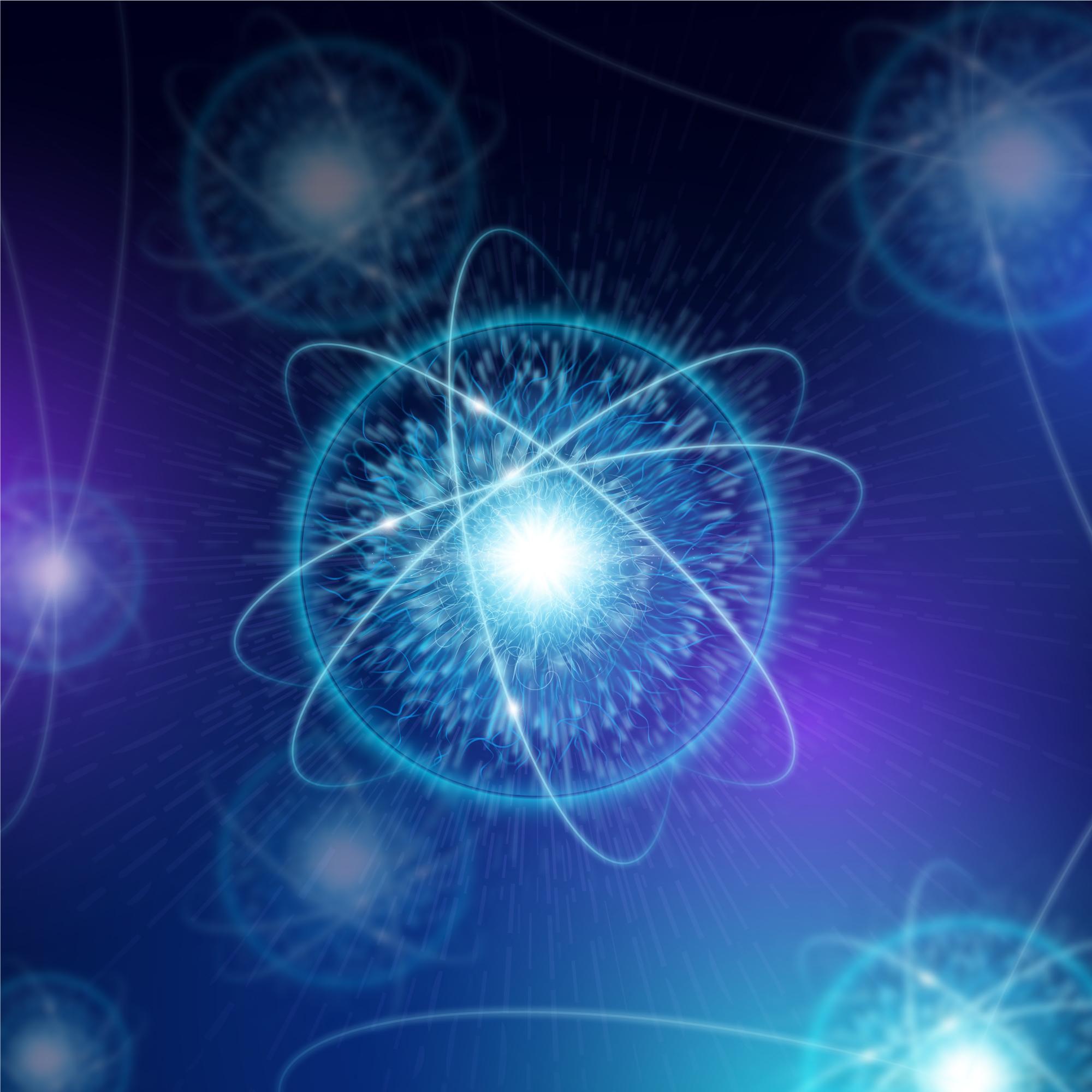Unlocking the Neutrino’s Secrets: Physicists Narrow Down the Elusive Particle’s Size
The Mystery of the Neutrino’s Size
Neutrinos—the universe’s most elusive particles—have long baffled scientists with their ghostly nature. They zip through matter almost undetected, rarely interacting with anything in their path. But now, for the first time, physicists have made a direct measurement of a neutrino’s size, revealing that it must be at least hundreds of times larger than an atomic nucleus—and possibly much bigger.
Why This Matters
- Neutrinos are fundamental particles, yet their properties remain poorly understood.
- Their size influences how they oscillate between three different types (electron, muon, and tau neutrinos).
- Oscillations may hold the key to why the universe has more matter than antimatter.
“When I think of an electron capture process, I imagine it within the nucleus. But our results show the neutrino is much larger than the nucleus itself.”
— Joseph Smolsky, Colorado School of Mines

The Challenge: Measuring a “Fuzzy” Particle
Quantum Mechanics & Wave Packets
Unlike solid objects, particles at the quantum level behave like spread-out waves. Their “size” is defined by their wave packet—the region where the wave vibrates strongly before fading away.
For neutrinos, this is especially tricky because:
✔ They rarely interact with matter (trillions pass through you every second!).
✔ Previous indirect estimates spanned 13 orders of magnitude—from smaller than a nucleus to as large as a few meters.
The Breakthrough: A Direct Measurement
How They Did It
Researchers studied radioactive beryllium decay inside ultra-sensitive superconducting detectors:
- Electron Capture
- A beryllium atom absorbs an electron, converting a proton into a neutron.
- This transforms it into lithium and emits a neutrino in the opposite direction.
- Precision Tracking
- Using a particle accelerator, they measured the lithium atom’s recoil with extreme accuracy.
- From this, they inferred the neutrino’s wave packet size.
The Surprising Result
- The neutrino’s wave packet must be at least 6.2 picometers (hundreds of times larger than a nucleus).
- This rules out the tiniest previous estimates but still leaves room for much larger sizes.
“This is a very difficult measurement—I thought you could never do it.”
— Alfons Weber, Johannes Gutenberg University
Implications for Physics & the Universe
1. Neutrino Oscillations & Matter-Antimatter Mystery
- Neutrinos switch flavors (electron → muon → tau) as they travel.
- If their wave packets are too small, these oscillations blur together, making precise measurements impossible.
- Accurate oscillation data could explain why the universe isn’t just empty space (matter vs. antimatter imbalance).
2. Future Neutrino Detectors
- Next-gen detectors (like DUNE and Hyper-Kamiokande) rely on knowing neutrino properties.
- This measurement helps optimize their design for better sensitivity.
3. Quantum Mechanics & Particle Boundaries
- Confirms that neutrinos are “fuzzier” than expected—their wave packets extend beyond nuclear scales.
- Raises new questions: How big can a fundamental particle be?
What’s Next? Narrowing the Range
While this study sets a lower limit, the true size could still be:
✔ Trillions of times larger (up to meters in scale).
✔ Highly variable depending on energy and environment.
Future experiments will refine the measurement, possibly revealing whether neutrinos are:
- Compact but fuzzy (picometer scale).
- Macroscopic quantum objects (approaching visible sizes).

